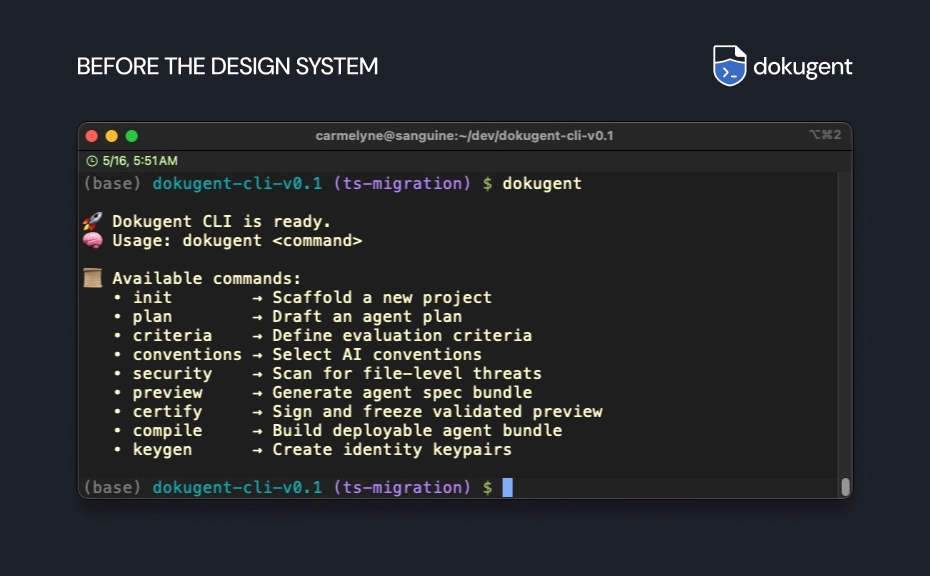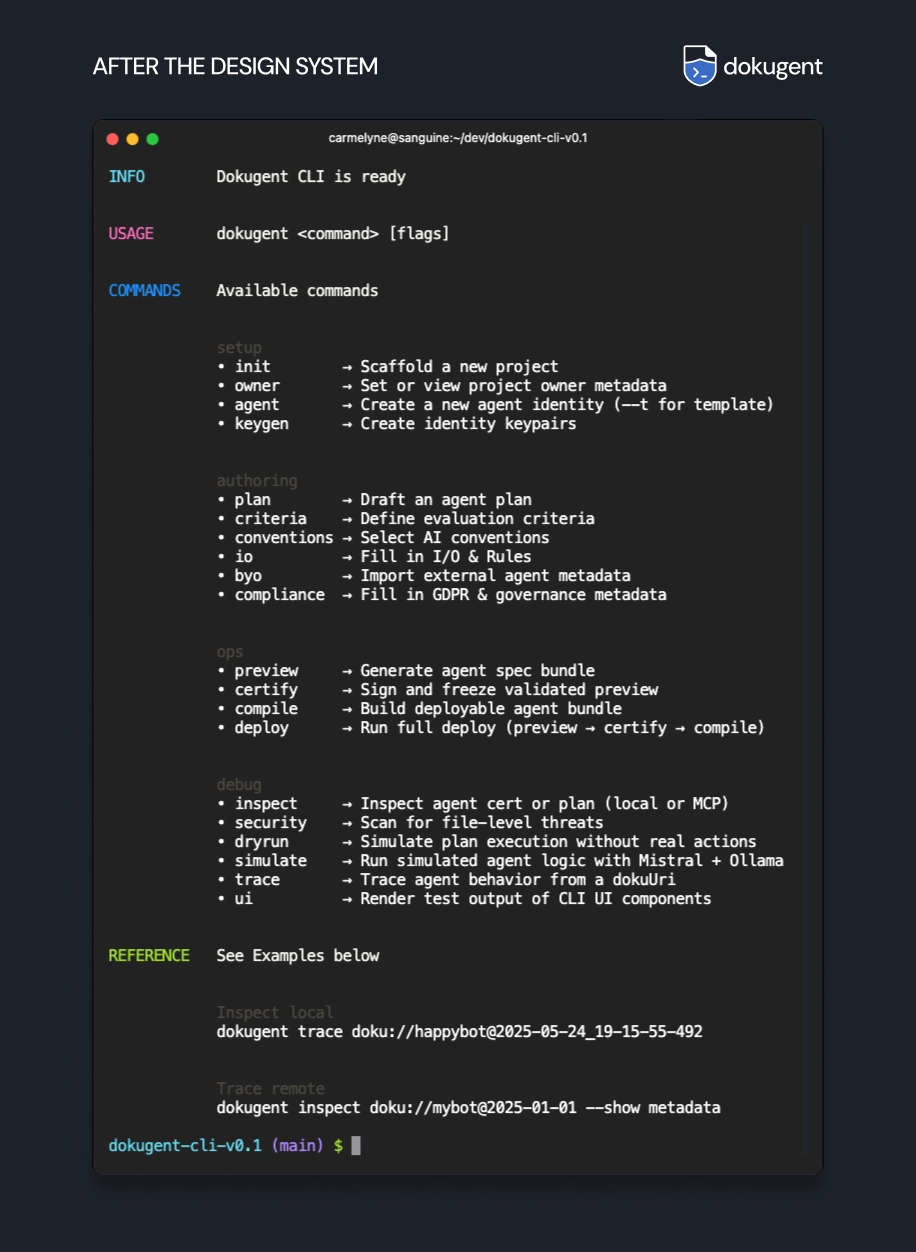Dev Log 048 – First in Search
Dev Log 048 – First in Search
Yesterday wasn’t a big development day, but we noticed something important.
Dokugent now appears as the top Google result for its own name. It previously competed with spelling variants like “document” or “documento,” but that ambiguity seems to have cleared.
🧭 Why This Matters
- The project name is now easier to find without confusion.
- Search visibility means others exploring agentic tools might land here first.
- Our blog posts and CLI documentation are being indexed effectively.
🧠 Notes
We’ve never done keyword-driven content. We just wrote what the tool was doing, why it mattered, and what needed work. Apparently, that was enough for Google to make the association stick.
🛠️ What’s Next
- Publish the CLI to npm
- Finish the MCP-compatible metadata spec
- Update docs and add lightweight CLI tutorials
Small win. Back to work.
Still building. Still documenting.



